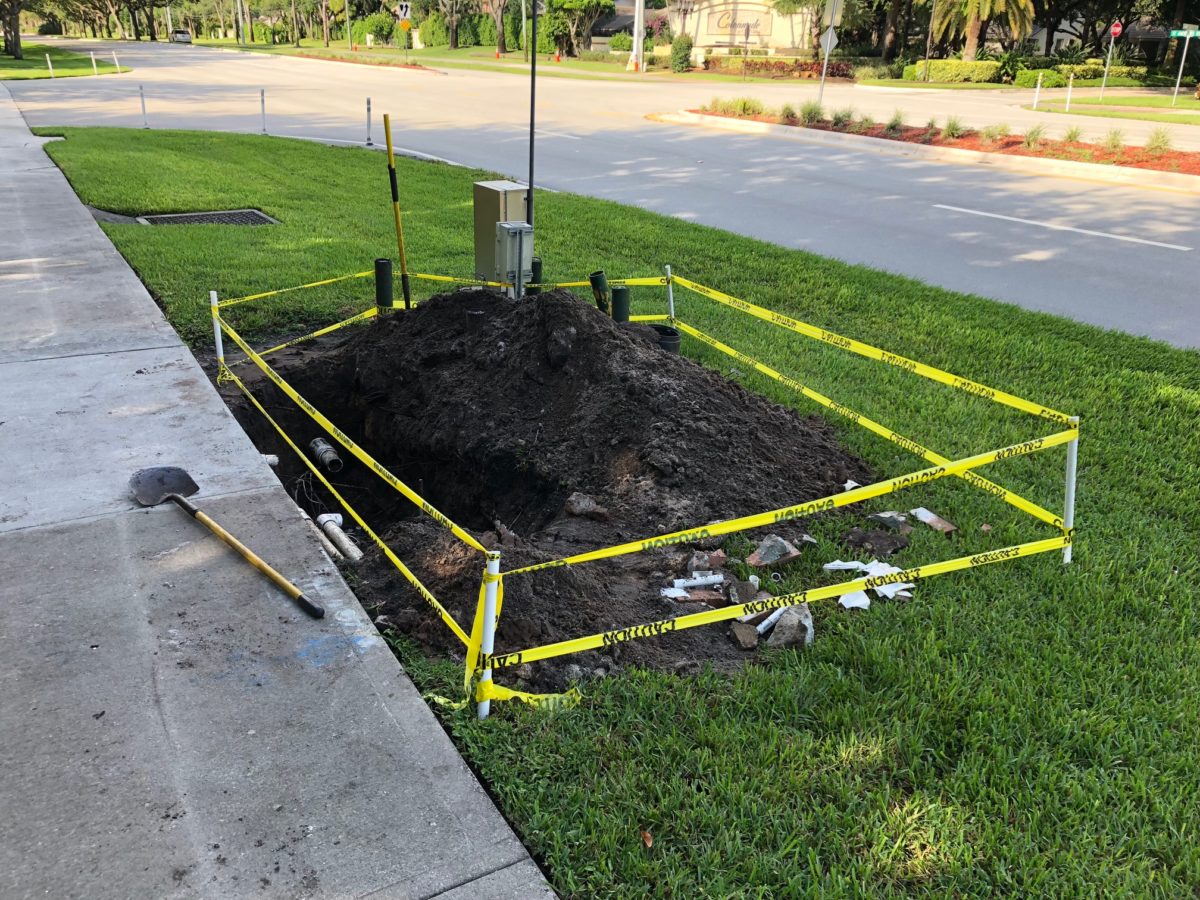Professionally landscaped environments will use an irrigation system to ensure plantings receive the correct amount of water and its delivered exactly when and where it’s needed. The systems utilize underground pipes to deliver water to irrigation heads that are recessed below the surface of the soil. The heads rise up during the irrigation process to disperse the water onto the surface.
Early Irrigation Methods
Surface irrigation systems, sometimes known as gravity irrigation, have been employed for thousands of years. It relies on furrows made in the soil to carry water to where its wanted or through flooding a particular area. The system dates back to 6000 B.C. where it was practiced in Egypt and Mesopotamia. It was an effective, but incredibly wasteful, method of irrigation.
Improvements in Technology
A professionally installed irrigation system will be programmable according to local needs. It will typically include sensors that can determine the amount of moisture in the soil. The system will be activated when it’s dry enough and the sensors can also ascertain when it’s rained by the amount of moisture in the ground. Even though it’s widely used, much of the water is still wasted due to runoff and evaporation. The U.S. uses approximately 53.5 billion gallons of groundwater each day, just on agricultural irrigation. Up to 35 percent of water withdrawals for irrigation purposes are unsustainable.
Drip Irrigation Saves Water and Money
A drip irrigation system is the most efficient form of watering. It can be employed in residential lawns, commercial landscapes, and agricultural operations. It delivers water slowly, at ground level, rather than spraying it into the air. It’s a highly efficient and economical irrigation solution. Drip irrigation has a 90 percent efficiency rate, compared to 65 to 75 percent efficiency of traditional spray irrigation systems.
Contact RCH Landscaping Today for a Free Estimate

